An interjection is one of the eight major parts of speech, along with
verbs,
nouns,
pronouns,
adjectives,
adverbs,
prepositions and
conjunctions. Some grammarians believe that interjections are the least important part of speech. This is because interjections are not generally required in order for the meaning of a sentence to become clear.
An interjection is a word solely designed to convey emotion. It expresses meaning or feeling. It does not:
- relate grammatically to the other parts of the sentence
- help the reader understand the relationship between words and phrases in the sentence
Instead, it simply conveys to the reader the way the author is feeling. Interjections are rarely used in academic or formal writing, but are common in fiction or artistic writing. They are usually, but not always, offset by an exclamation point (which is also used to show emotion).
Use of Interjections
Beginning of Sentences
When people think of interjections, they commonly think of them being used at the beginning of the sentence. Many also associate interjections with a punctuation mark designed to convey emotion: the exclamation point.
This is often true. Interjections can and do appear in the beginning of sentences. For example:
- “Yikes, I didn’t realize that there was a test on grammar today!”
- “Oh no, I can’t believe that it is snowing here again!”
In both of these sentences the interjection - “yikes” and “oh no” appear at the beginning of the sentence. In addition, in both of the sentences, the emotion is a strong emotion and the sentence itself ends with an exclamation point.
Middle or End of Sentences
Interjections do not always have to be at the beginning of a sentence. They can appear in the middle, at the end, or anyplace else where the author wants to interject a bit of feeling and emotion.
For example, in the sentence “So, it’s snowing again, huh?” the interjection is found at the end. Here, the interjection is designed to express confusion (or perhaps dismay) at the continued snow falling. In this sentence, the emotion wasn’t an emotion that necessitated an exclamation point--instead, the interjection ‘huh’ turned the sentence into a question.
The sentence “In my opinion, my gosh, this is just the smartest thing you have ever said” the interjection is found in the middle. It designed to express or convey the author’s emphasis on his opinion that the statement was smart. Again, no exclamation point is required.
Stand-alone Sentence
An interjection can also be used by itself as a stand-alone sentence. For example, look at the two sentences: “Oh gosh! I can’t believe how late it is.” The interjection “oh gosh” is a stand-alone sentence. This is grammatically correct, although “Oh Gosh” does not contain a subject and action that is normally required for a complete thought to be expressed. The interjection--or the emotion felt--is the entire point of the sentence.
Types of Interjections
There are literally hundreds, if not thousands, of interjections in the English language. Most are designed to express strong emotions, such as love, hate, surprise, happiness, anger, enthusiasm, disgust, boredom, confusion or unhappiness. However, this is not always true. Some interjections can express either a mild emotion, or can be expressions, such as “Excuse me.”
A sample list of interjections includes words such as:
- Aha
- Boo
- Crud
- Dang
- Eew
- Gosh
- Goodness
- Ha
- Oh
- Oops
- Oh no
- Ouch
- Rats
- Shoot
- Uh-oh
- Uh-huh
- Ugh
- Yikes
- Yuck
This is by no means an exhaustive list, but is representative of the types of interjections you may use on a daily basis. For more examples see Examples of Interjections.
Examples of Interjections
Identifying Interjections
Now that you’ve looked at a list of interjections, practice identifying them in these ten sentences:
- Yowza! That is a fine looking car.
- Hurray! It is a snow day and school is cancelled.
- It is so exciting, my goodness, I just can’t believe it.
- Joe was late to school and yikes, the teacher was mad.
- Oh! I can’t believe how nice you look.
- Well, gee, that sure is a kind thing to say.
- Boo! I scared you.
- Woops, I dropped the milk and it spilled.
- Yay, it is finally Friday and the work week is over.
- Oh well, all good things must come to an end.
Answers to Identifying Interjections:
- Yowza! That is a fine looking car: Yowza is the interjection here. It is expressing the emotion of being quite impressed with the car.
- Hurray! It is a snow day and school is cancelled Hurray is the emotion here. Clearly, it is expressing happiness.
- It is so exciting, my goodness, I just can’t believe it. My goodness is the interjection here, expressing excitement.
- Joe was late to school and yikes, the teacher was mad. Yikes is the emotion being expressed here.
- Oh! I can’t believe how nice you look. Oh, the interjection, acts as a classic interjection at the beginning of a sentence. It is offset by its exclamation point.
- Well, gee, that sure is a kind thing to say. Here, we have two interjections: well and gee.
- Boo! I scared you. Boo is the rather obvious (and scary) interjection in this sentence.
- Woops, I dropped the milk and it spilled. Woops is the interjection used to express the error.
- Yay, it is finally Friday and the work week is over. Yay is another interjection that expresses the emotion of happiness, just as hurray did in sentence #2.
- Oh well, all good things must come to an end. Oh well is the emotion here, an interjection with a tinge of resignation.
Interjections in Writing
Interjections are not commonly used in formal or academic writing. Because of the function that interjections serve, there is virtually no place for them in an academic paper that is designed to convey facts. By definition, facts should be devoid of emotion or opinion such as the emotions conveyed by interjections.
Interjections are used most often in speech. While people don’t necessarily pause to think about it, they use interjections all the time. This is even more true when you consider the fact that common words used in pauses, such as “uh,” and “um” are interjections.
Interjections can find their way into fictional pieces, most often in the form of dialogue. They can also be used in informal written communication between two people, such as letters or emails.

















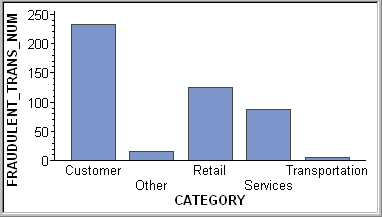
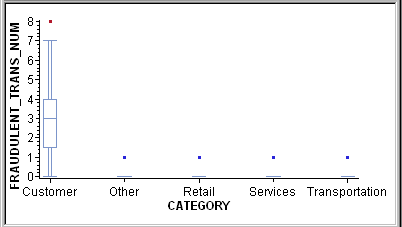
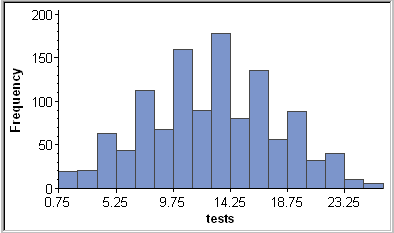
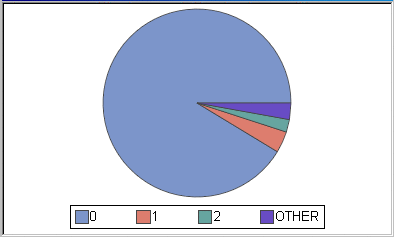
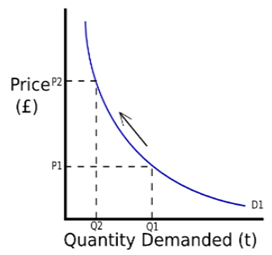

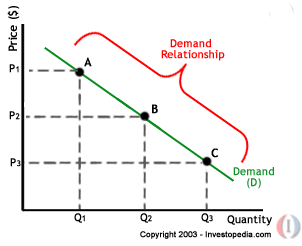
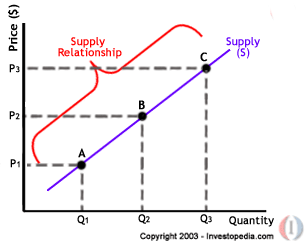
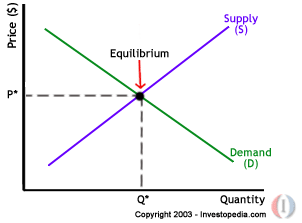 what You Say ABout This Answer Comment Here or Share This Post.
what You Say ABout This Answer Comment Here or Share This Post.
